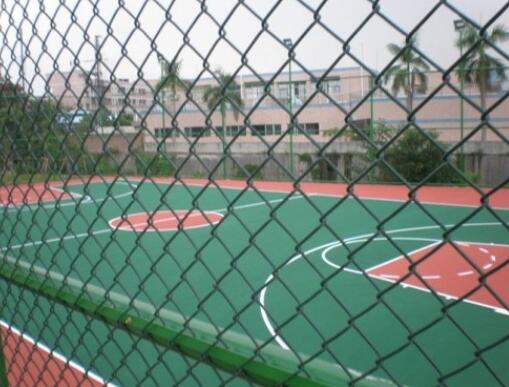Understanding Welded Wire Mesh Gauge A Comprehensive Overview
Welded wire mesh has become a staple in various construction, landscaping, and agricultural applications due to its strength, versatility, and cost-effectiveness. One important aspect of welded wire mesh is its gauge, which plays a crucial role in determining the mesh's strength, durability, and suitability for specific tasks. In this article, we will explore what wire mesh gauge is, how it is measured, and its implications for different projects.
What is Wire Mesh Gauge?
The term gauge refers to the thickness of the wire used in the welded wire mesh. This thickness is a key factor that determines the structural integrity and performance of the mesh. Typically, a lower gauge number corresponds to a thicker wire, while a higher gauge number indicates a thinner wire. For instance, a 10-gauge wire is thicker than a 16-gauge wire.
The gauge of wire mesh is standardized in the American Wire Gauge (AWG) system. This system is widely used in the United States and provides a simple and clear way to quantify wire thickness. Understanding the gauge of welded wire mesh helps users select the right type of mesh for their specific applications.
Measuring Wire Gauge
Wire gauge is determined by measuring the diameter of the wire. In the AWG system, the thickness is specified in thousandths of an inch. A larger diameter means a lower gauge number. For example, a 12-gauge wire has a diameter of approximately 0.0808 inches, while a 20-gauge wire has a diameter of about 0.0320 inches. It is also important to note that the tolerances and specific measurements can vary slightly based on the manufacturer and the material used.
Importance of Wire Gauge in Applications
The choice of wire gauge is critical as it directly impacts the strength and durability of the welded wire mesh. Heavier gauges are more suitable for applications requiring greater strength and resilience, such as in fencing, reinforcing concrete structures, or supporting heavy loads. For instance, a 10-gauge welded wire mesh is often used in animal enclosures and commercial fencing, where strength and security are paramount.
welded wire mesh gauge

On the other hand, lighter gauges, such as 16 or 18, might be more appropriate for non-structural uses like garden fencing or lightweight barrier applications. These thinner gauges provide enough strength for these purposes while allowing for easier installation and lower material costs.
Factors to Consider When Choosing Wire Gauge
When selecting the appropriate wire gauge for your welded wire mesh project, consider several key factors
1. Application Understand the specific requirements of your project. Will it endure heavy loads, or is it more about preventing small animals from entering a space?
2. Environmental Conditions Consider the environmental factors the mesh will face, such as moisture, corrosive substances, or weather extremes. Thicker wire can often withstand harsher conditions.
3. Budget Heavier gauges generally cost more, so balancing your budget with your project's requirements is essential.
4. Aesthetics In some applications, such as residential fencing, the visual appeal matters, and different gauges can offer different looks.
Conclusion
In conclusion, understanding welded wire mesh gauge is essential for anyone involved in construction, landscaping, or agricultural projects. Choosing the right gauge can ensure that your mesh meets the demands of your specific application while providing the necessary strength and durability. By carefully considering your project's requirements, you can select the most suitable wire gauge to achieve optimal results. Whether you're building a fence, reinforcing a structure, or creating an enclosure, the right welded wire mesh will serve you well.

















